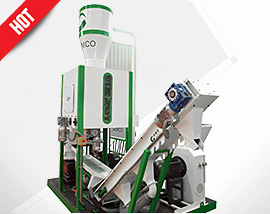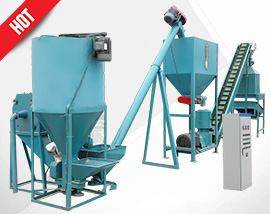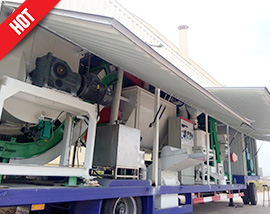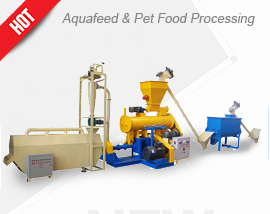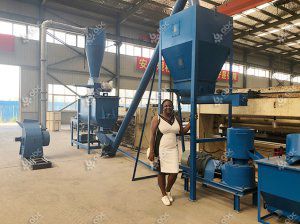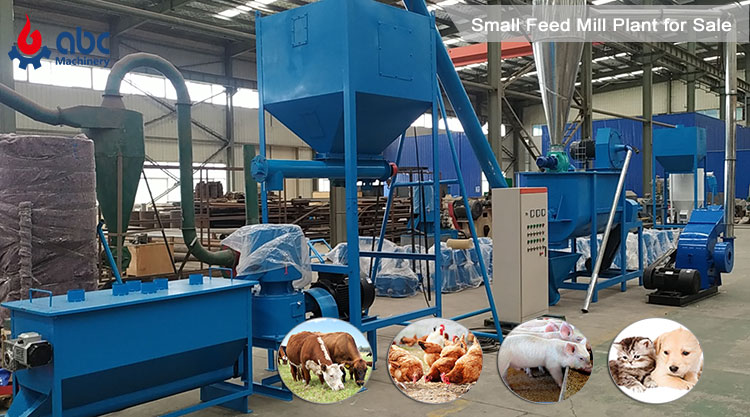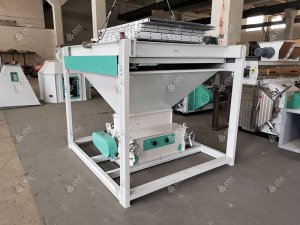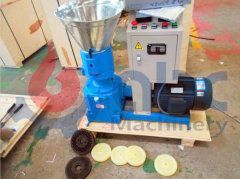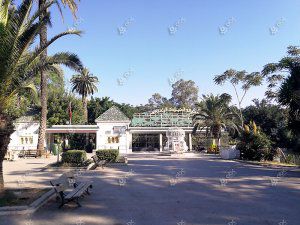5 ton/h Cattle Feed Plant [Turnkey Project]
Project Name: Poultry & Cattle Feed Plant
Production Output: 5 TPH (produce 5 tons feed pellets per hour)
Factory Location: Domestic
This feed plant project is designed for processing both cattle and poultry feed. It is a turnkey project including factory layout design, equipment manufacturing, plant construction, Equipment Installation and commission. Besides, we can also offer onsite operation training. (Similar Project: 1 ton per hour Animal Feed Production Line in Uganda)
Poultry & Cattle Feed Plant Photo Display
Here are some photos of the animal feed plant taken during the project construction. You are welcome to send us an inquiry for more details and equipment cost! We are always at your service!
Plant Construction
Equipment Details
Side View
Poultry & Livestock Feed Mill under Construction
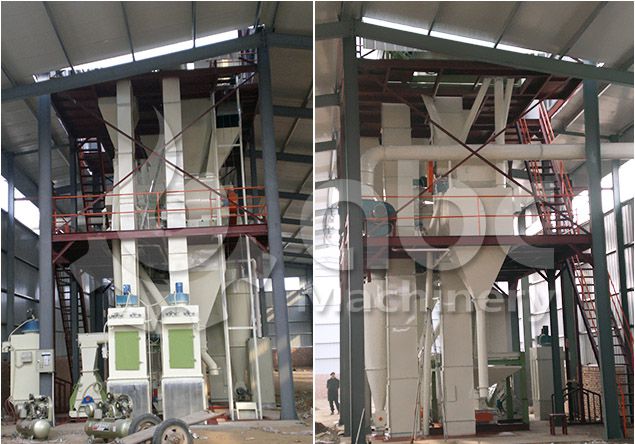
Project Almost Completed
why make Pellet Feed?
Pellet feed is a kind of feed type in compound feed production. Currently in the United States, pellet feed has accounted for more than 60% of the total amount of formulated feed.Compared with mash feed, pellet feed has the following advantages:
- Convenient for storage, packing and transportation.
Although the production cost is relatively increased by adding pelletizing process, the fodder volume will be compressed to about 1/3, reducing the cost of storage, package and transport.
- Low hygroscopicity, high storage stability and reduce fee waste.
During the storage process, the mash feed is easy to absorb moisture, agglomerate, moldy and metamorphic, while pellet feed has good dispersion, low hygroscopicity and high storage stability. And pellet feed also help reduce the dust pollution and feed waste in the process of packaging. (View all our feed pellet machinery for sale >>)

Poultry Feed Pellets (left), Cattle Feed Pellets (right)
- Prevent livestock and poultry from picking food, and reduce the waste of feed.
The size of pellet feed is uniform and the nutrition is comprehensive, which avoids the livestock and poultry to select feed according to its palatability, and also help reduce the feed waste caused by flaying dust. Especially for cattle and sheep feed production, the loss of dust is very large.
- Improve the Palatability and Feed Intake
As the density of pellet feed is greatly increased, the volume decreases and the palatability increases, thus the feed intake of the animals increases accordingly.
- It is easy for animals to digest and absorb, and the feed utilization ratio is also improved.
Experiments show that during the pelletizing process, as a result of steam treatment and mechanical action the cell wall of aleurone layer cells was destroyed, and the active components of aleurone layer cells were released, which was convenient for digestion, absorption and of livestock and poultry.
- Improve the Energy Utilization
Through pelletizing process, the content of crude fiber in feed is decreased, carbohydrate was partially cracked and starch is gelatinized, thus improving the energy utilization in feed. In addition, the availability of phosphorus and the utilization of some amino acids were also increased. (There are two types of feed making machine: flat die feed machine and ring die feed machine)
- Sterilization, destroy nutrition inhibitory factor
By pelletizing, certain toxic substances or inhibitors (such as trypsin inhibitors, hemagglutinin, etc.) will be destroyed due to thermal effects.



